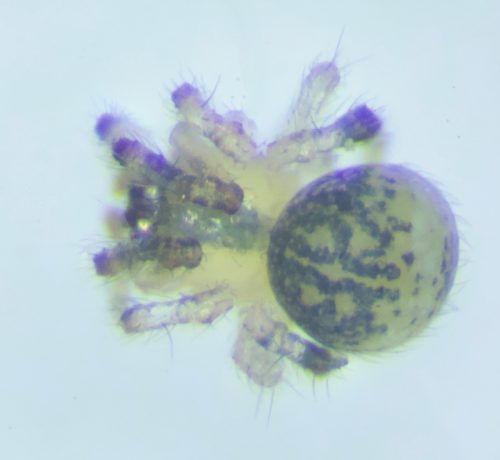This is how evo psych works: state your hypothesis about past human societies with absolute confidence in the absence of any evidence, and then follow up with how The Lord of the Rings supports your model of a transition from a brutish form to a more gracile, effeminate form. Geoffrey Miller demonstrates:
just discussing the evolution of historical warfare with lots of real historical examples :) pic.twitter.com/0OXdp2Ho2c
— evo psych googling (@evopsychgoogle) July 26, 2020
So, the kill count competition between Legolas and Gimli is easily understood evidence of the evolution of warfare. Does that make Aragorn a transitional form?






